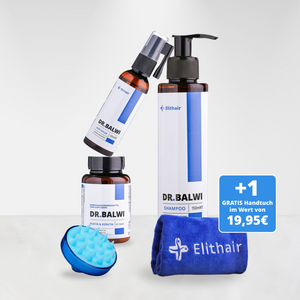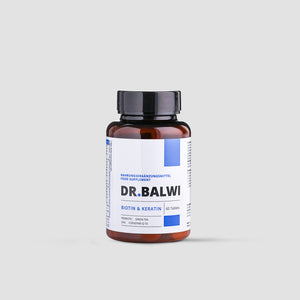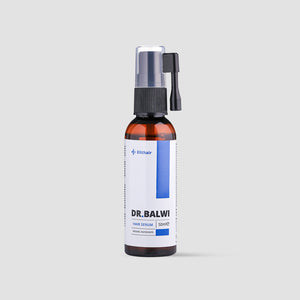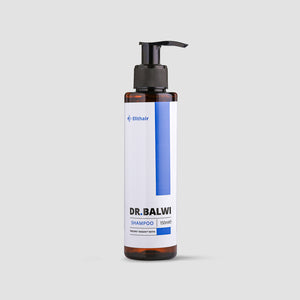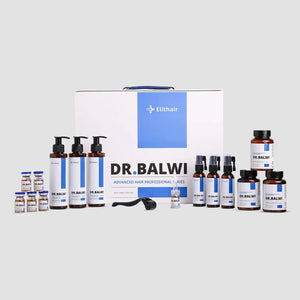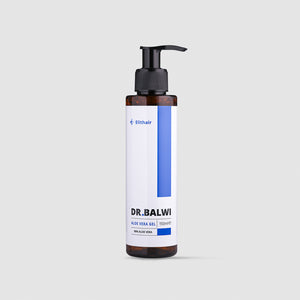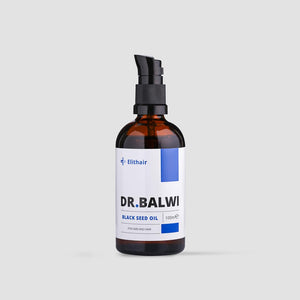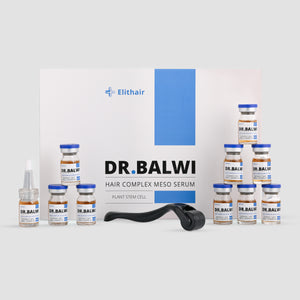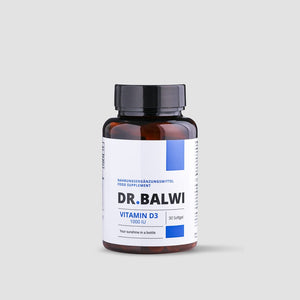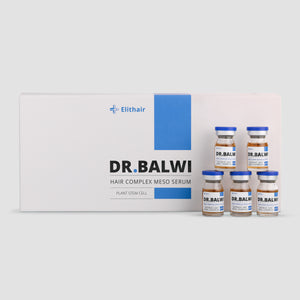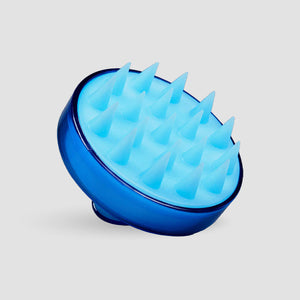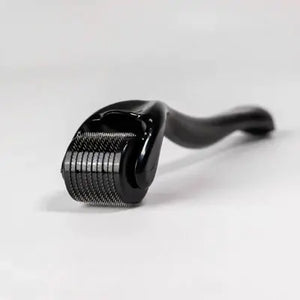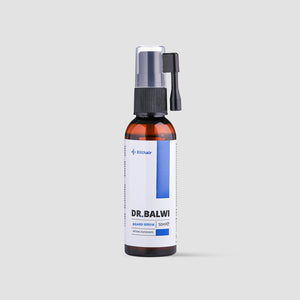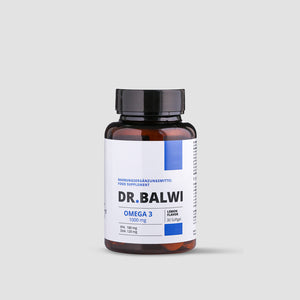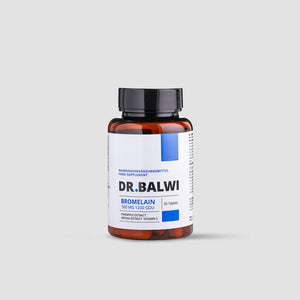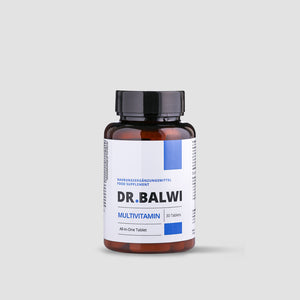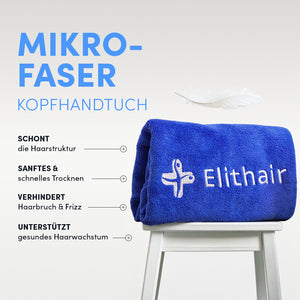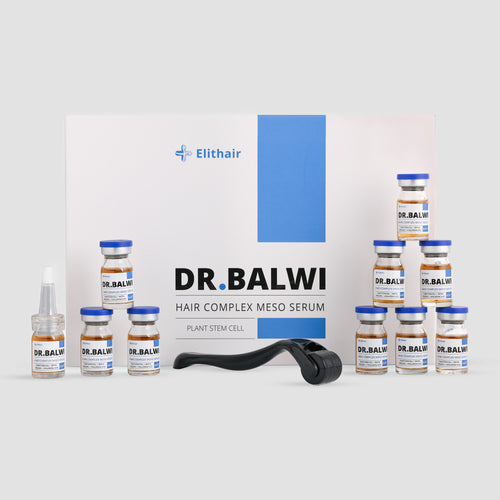
Oily hair treatment – Discover our tips
Summary
- What causes oily hair?
- How to care for greasy hair
- Can you apply an oily hair treatment at home?
- Conclusion
What causes oily hair?
Have you ever noticed your hair becoming greasy or that you have a scalp that’s more oily than usual? It’s natural for your hair to go through different cycles and appear different. If it is perhaps visibly more oily than usual or changing seasonally we recommend an oily hair treatment.
Diet and hormones play a crucial part in hair care and hair’s sebum production. Sebum is what keeps your hair lubricated. It’s a wax-like substance that can result in oily hair when over generated.
When overproduced, the sebum’s excess oil makes hair get greasy faster. Unfortunately, if you have fine hair, you are more likely to experience oily hair more often.
Is oily hair bad?
Most people get oily hair at some point in their lives. Having oily hair or an oily scalp is not a bad thing. Whilst natural oils are healthy to keep hair shiny and protected, the build-up of oil can cause scalp itching and an ‘unwashed’ appearance.
Does an oily scalp cause hair thinning?
A highly oily scalp can cause hair loss when not treated for a prolonged period of time. Typically, excess hair oil is not the sole cause of hair thinning or hair loss. Most issues like dandruff in partnership with an oily scalp contribute to hair thinning or hair loss, not to mention hereditary hair patterns and hormones.
If you’re finding you’re getting oily hair throughout the day, review what styling products you’re using on your hair. These additional products on top of your haircare of shampoo and conditioner could be adding unnecessary oils from oil production, creating the appearance of more grease in your hair and on your scalp. In some cases, an oily hair treatment can help alleviate these issues.
Whilst dry shampoo can often remedy the appearance of greasy hair, use it sparingly. Dry shampoo can build up on the scalp, causing the hair follicles to become blocked. Thus preventing hair growth. Furthermore, clogged hair follicles produce more sebum to flush the follicle out which contributes to a greasy appearance.
How to care for greasy hair

You can stop hair getting greasy by firstly reviewing your hair care routine. Make sure you’re washing your hair with clarifying shampoos for oily hair that’s right for your hair type. Moreover, ensure a specifically oily hair shampoo sensitive to both your hair and scalp.
Be careful not to over wash your hair or wash your hair every day. Increased washing stimulates production from the oil glands. Therefore, if you typically wash your hair every other day, stick to your routine.
Shampoo and condition your hair, and make sure to massage the scalp when washing in order to alleviate any product build-up that could cause greasiness.
Conditioner application should be on the ends of your hair rather than the scalp. This is due to the moisturising qualities of the conditioner. However, over conditioning, your oily roots will only add to the oil build-up.
How to treat fine, oily hair
Again, make sure your hair products match your hair type, whether that’s straight hair, fine hair, curly or coloured. Having a hair product specific to your hair type is very important. What you use to wash and care for your hair will directly affect how your hair looks and feels.
For fine hair that’s naturally more oily, limit the number of products you use and the amount of heat you apply to your hair. Introduce a weekly hair mask, oily hair treatment or hair serum to encourage hair and scalp balance.
Can you apply an oily hair treatment at home?

You can treat oily hair at home easily using oily hair treatments. A home remedy can be as simple as using a natural oil as a hair mask, massaged into your hair roots and left on for up to five minutes. Use prior to your hair wash or use as part of your hair washing regime.
How do you remove oil from hair after an oily hair treatment?
To remove all oil after an oil hair care treatment, make sure you thoroughly rinse your hair in tepid water. This clears all product residue and soothes your scalp, allowing your hair and scalp to rebalance. Here are some natural hair products to try at home:
- Coconut Oil
- Apple Cider Vinegar
- Tea Tree Oil Washing
- Witch Hazel
- Green Tea Bathing
- Aloe Vera
Improve your hair from within
There are some steps you can take internally that will support the external appearance of your hair and scalp. If you find you’re still experiencing excess hair oil after adopting and monitoring your internal and external hair care routine or after adding in an oily hair treatment, consult a dermatologist for further guidance.
- Drinking more water
- Reducing stress
- Eating more fruit and veg
- Striving for a more balanced diet
- Incorporating a supplement into your diet
Conclusion
Overall, natural oily hair treatments are good for you when you have an established hair care routine and are internally and externally balancing your skin and hair treatments. Natural hair oils aim to protect your hair and keep it healthy. Try our range of products developed by Dr. Balwi designed to promote the health of your hair and improve its appearance.
Do you have any more questions or are you looking for a permanent solution to your hair loss? Then don't hesitate to contact our friendly team that will answer all your queries about getting a hair transplant. Furthermore they can also offer you a free and non binding hair analysis.
